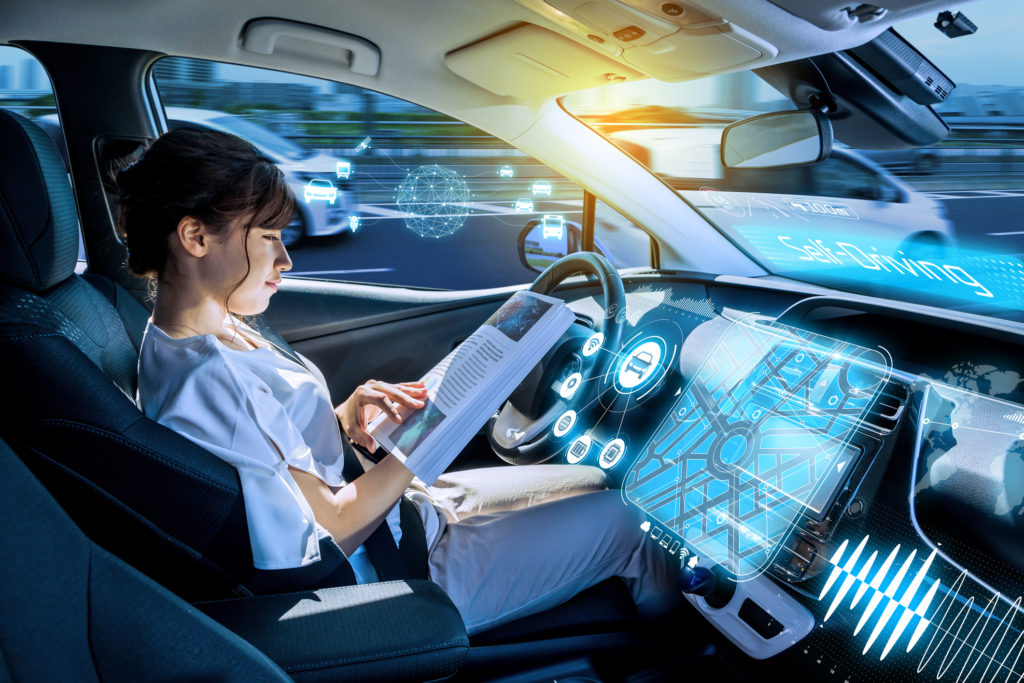The automotive industry is going through one of its most exciting transformations. Cars are no longer just mechanical machines designed to transport people from point A to point B. Today, thanks to connected car technology, vehicles have become intelligent platforms that communicate, analyze, and respond in real time. This evolution is changing how we drive, maintain, and even think about our vehicles.
Understanding Connected Car Technology
Connected vehicles are equipped with internet access, a variety of sensors, and onboard software that enable them to share data with other vehicles, infrastructure, and cloud-based services. This networked ecosystem is often referred to as connected vehicle technology. Whether it’s alerting you about upcoming traffic congestion, helping your car book a service appointment, or providing over‑the‑air software updates, connected systems make driving smarter and more convenient.
Modern connected car technology also integrates infotainment, navigation, telematics, and vehicle management into one seamless experience. Drivers can enjoy features such as real-time navigation, roadside assistance, and even remote climate control—all accessible through their smartphones or voice commands.
Connected Car Devices and Their Role
At the heart of these features are connected car devices. These devices include telematics control units, GPS receivers, sensors, and onboard diagnostics systems. They constantly collect and transmit data about the vehicle’s health, location, and environment. For instance, if your tire pressure is low, the system can alert you immediately. If your engine requires a checkup, the car can automatically schedule a service appointment.
These devices are also integral to emergency services. In case of an accident, certain connected systems can automatically notify emergency responders, send your location, and even attempt to establish communication. Such features significantly improve safety and response times, potentially saving lives.
How Connected Cars Are Changing the Driving Experience
Connected cars offer much more than convenience—they transform the driving experience altogether. With real-time data exchange, your vehicle can receive live traffic updates and suggest alternative routes, saving time and reducing stress. Music streaming, app integration, and voice-controlled systems make every drive more enjoyable and personalized.
In addition, connected technologies are instrumental in predictive maintenance. Instead of waiting for a breakdown, the car monitors itself and informs you of issues before they become critical. This not only reduces repair costs but also enhances overall reliability.
The Rise of Connected and Automated Vehicles
As the industry progresses, we are seeing a convergence of connectivity and automation. Connected and automated vehicles combine intelligent communication systems with advanced driver-assistance features. Vehicles can communicate with each other (V2V) and with infrastructure (V2I), enabling safer lane changes, smoother merging, and better traffic management.
Further along this journey are connected autonomous vehicles—cars that can navigate and drive themselves using a combination of AI, machine learning, and real-time data sharing. These autonomous vehicles rely heavily on connectivity to understand road conditions, respond to unexpected obstacles, and optimize travel routes.
The ultimate vision includes autonomous driverless vehicles, which will transport passengers with minimal or no human intervention. These vehicles will leverage the power of connected car technology to ensure safe, efficient, and sustainable mobility in the future.
Benefits for Drivers and the Industry
The widespread adoption of connected vehicle technology brings numerous benefits. For drivers, it means enhanced safety, reduced operational costs, and an overall improved driving experience. For the automotive industry, it opens up new opportunities for innovation, customer engagement, and value-added services.
Insurance companies are already exploring usage-based policies by leveraging telematics data. Service centers can provide proactive maintenance schedules, and navigation systems can adapt in real time to ever-changing traffic conditions. This synergy between vehicles, drivers, and service providers is paving the way for a smarter mobility ecosystem.
The Future Outlook
Looking ahead, connected cars are expected to become standard rather than optional. Governments worldwide are supporting initiatives that promote connected and automated vehicles for better road safety and lower emissions. As technology continues to advance, we will see faster data networks like 5G powering more sophisticated features, enabling near-instantaneous communication between vehicles and infrastructure.
Connected car devices will become more compact yet more powerful, and data security will remain a top priority as vehicles handle sensitive personal and operational information. Over-the-air updates will allow vehicles to evolve continuously, adding new functionalities long after they leave the showroom.
Ultimately, the future of mobility is one where cars, drivers, and cities are part of a unified digital network. Connected autonomous vehicles and autonomous driverless vehicles will work seamlessly with traditional cars, creating roads that are safer, less congested, and more environmentally friendly.
Conclusion
The journey toward fully connected and automated mobility has only just begun, but its impact is already visible on roads around the world. Connected car technology is reshaping the automotive landscape, offering unprecedented levels of safety, convenience, and innovation. As the industry evolves, leading automotive brands are investing in these technologies to deliver world-class solutions to their customers.
Suzuki India, for example, is actively working on integrating connected vehicle technology into its lineup. By embracing advancements in connected cars, telematics, and automation, Suzuki India is ensuring that its customers are ready to experience the future of driving—smarter, safer, and truly connected.

